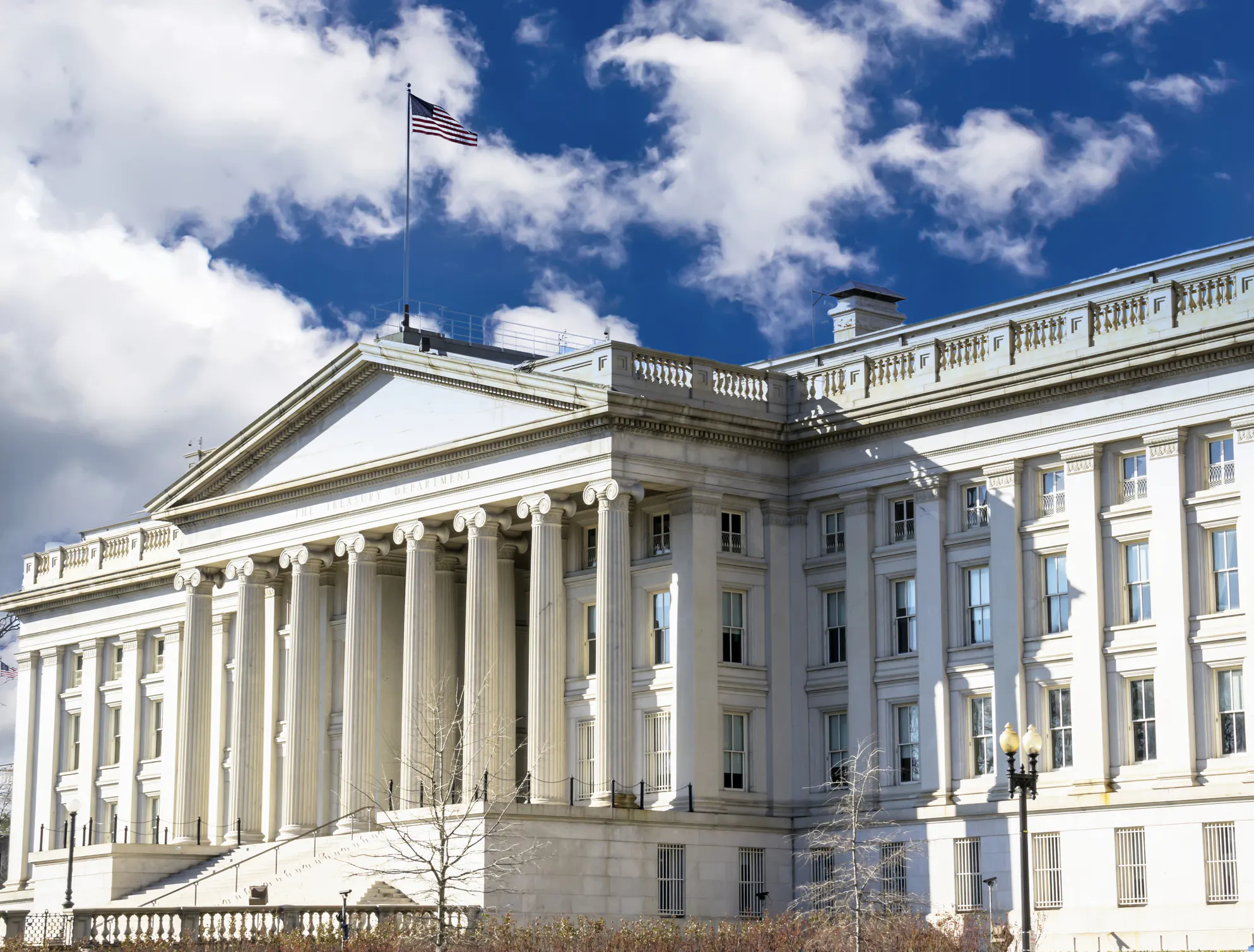Preparing for the Fed’s Next Move: Why Treasurers Should Care
The July 2025 Fed meeting gave a rare glimpse of dissent. The result of the September FOMC meeting? The Fed cut its key interest rate by 25 basis points and is pricing in other potential cuts this year. For treasurers, this isn’t just noise. Rate moves ripple across every cash instrument, from T-bills to money market funds to deposits. Preparedness is key: you can’t control the Fed’s path, but you can control how you position your cash.

To help treasurers prepare for potential cuts through the end of the year, Jiko hosted a webinar with experts from Kyriba and in-house, explaining what a cut could mean. While this blog post serves as a summary of the conversation, a recording of the 20-minute conversation is now available.
Reading the Market’s Signals
Treasurers don’t just rely on Fed statements; they watch the futures market. Traders move hundreds of billions of dollars daily through Fed Funds futures contracts, effectively betting on where rates will land. The aggregated “wisdom of the crowd” often proves more accurate than official guidance. Today, that wisdom points to cuts.
Effect on Common Cash Instruments
How T-Bills May React to Rate Cuts
U.S. Treasury bills react differently depending on whether cuts are expected or a surprise. In an expected cut environment, prices rise steadily leading into the decision and then accrue at the lower post-cut rate. In a surprise cut, prices jump overnight, rewarding current holders with an immediate gain but leading to lower yields thereafter. For example, for a $500M portfolio, a surprise cut could mean millions in instant mark-to-market gains for T-bill holders.
The Impact on Money Funds and Deposits
Money market funds and bank deposits also adjust quickly in a falling rate environment. Because money funds hold very short maturities, yields typically drop within days of an expected cut. If the cut is a surprise, yields may lag briefly before resetting downward. Bank deposits generally follow the same trajectory, since banks earn less on reserves after a cut and adjust depositor rates accordingly. Unlike deposits, T-bills don’t depend on a bank’s willingness to pass through cuts slowly, and unlike money market funds, you know exactly what you own: a direct obligation of the U.S. government.
Lessons from March 2020
History provides perspective on how markets react when rates fall sharply. In March 2020, the Fed executed two emergency cuts in response to COVID-19, triggering a dramatic flight to safety. Capital shifted rapidly out of equities and riskier funds into T-bills, treasury money funds, and deposits. Those with T-bill exposure had liquidity and safety on day one; others had to scramble to reallocate to funds and deposits under stress.
Strategy for Today’s Treasury Teams
Looking ahead, treasurers can strengthen strategies by planning across multiple rate scenarios, modeling after-tax returns in a lower-yield environment, and stress-testing liquidity needs against shocks.
As treasurers prepare for a lower-rate world, visibility and safety go hand in hand. Optimizing supply chain financing, dynamic discounting, and receivables financing are increasingly important levers. With modern platforms such as Kyriba integrating directly into ERP systems, corporates can gain real-time visibility into cash, unlock working capital, and mitigate supply chain risk.
The Road Ahead
The Fed’s next move may be uncertain in its timing and size, but in a falling rate environment, T-bills are a safe and liquid asset that can be utilized by treasurers. Money funds and deposits follow closely, but involve wrappers, intermediaries, and policy constraints that can reduce transparency. Jiko’s mission is to give treasurers direct access to T-bills through a modern and simple platform, ensuring that when the Fed moves, your cash strategy is already ahead of the curve.
Listen to Learn More
To explore this topic further, tune into the recording of Jiko’s recent webinar with Lisa Husken, Kyriba's Principal Value Engineer, alongside Chris Murray, Jiko’s Head of Liquidity, and gain practical insights from experts who guide organizations through today’s changing markets.
Further reading

How Treasury Bills and Money Market Funds React to Falling Interest Rates
The Federal Reserve adjusts interest rates as a primary tool to manage inflation, support economic growth, and maintain financial stability. Read more →

Understanding the Fundamentals of Treasury Bills: A Comprehensive Guide
Treasury bills (T-bills) are a cornerstone for cash management, providing security and predictable returns backed by the U.S. government. From individuals to large institutions, investors of all sizes rely on T-bills to preserve capital and maintain liquidity in any economic environment. This guide explores the fundamentals of T-bills, including how they work, how they compare to other investments, and how they fit into an overall investment or cash management strategy.. Read more →

Tariffs, Treasuries, and Turbulence: Why T-Bills Still Stand Strong
A look at early April’s market volatility, shifting Treasury yields, and why T-bills remained a stable, reliable home for cash amid uncertainty.. Read more →